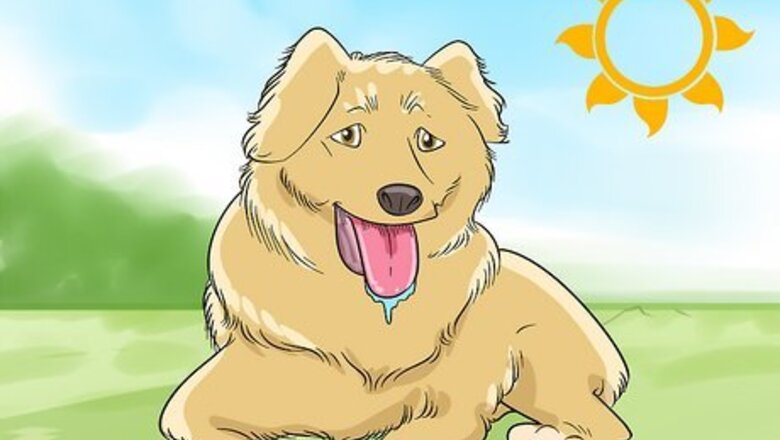
views
Considering Other Options
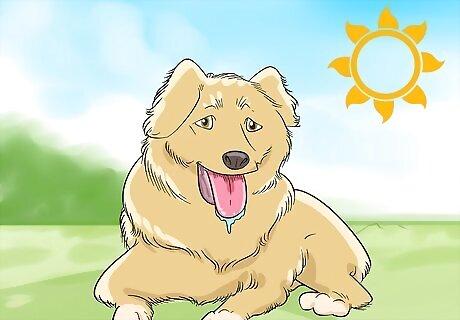
Don’t fear the heat. It seems intuitive that your dog’s coat will make the summer unbearable. Actually, its fur acts as insulation, cooling it down and protecting it from the sun. For this reason, the ASPCA has issued a blanket proclamation that owners should not shave their dogs. In addition to cooling it, the dog’s fur coat protects it from the sun. Without it, a dog is liable to get sunburn, and is more susceptible to skin cancer. Some (not all) experts suggest that certain dogs that were bred for extreme cold weather climates do have coats that are too thick for warm summers. Consult with your veterinarian and ask if your dog might be a bit too hairy for its own good. Even in cases where your dog might need a bit of grooming, don’t overdo it. You should leave at least an inch of hair to protect it from the sun.
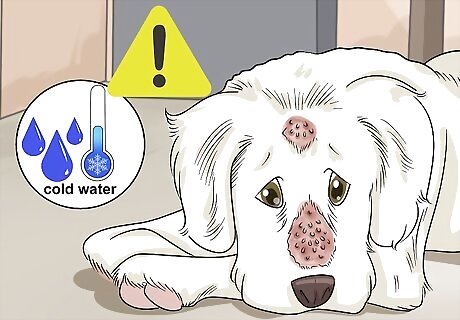
Think about moisture. If there is a good reason to shave your dog, it might not be the sun, but rather the rain. Dogs can develop a condition called myiasis – an invasion of maggots into the fur – when exposed to too much moisture. This might be a concern if your dog has a thick, matted coat of fur and is outside in the rain often. Ask your veterinarian if myiasis is a serious concern for your dog. Even if your dog does have the previously mentioned risk factors, the condition can typically be prevented if you keep your dog clean and are attentive to open wounds.
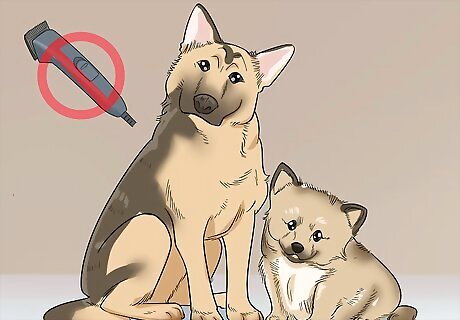
Avoid shaving a dog with a double coat. A double coat is an undercoat of fine, fluffy hair. It might not be readily visible under the heavier coat above, but many popular breeds have it, including the German Shepherd, Pomeranian, Chow, Husky, Malamute, and Samoyed. As these dogs get older, the likelihood increases that some of their hair will not regenerate after a shave, leaving them with a patchy, scruffy coat.
Consider a professional shave. Dog grooming typically costs somewhere from $30 to $90. This includes the price of trimming the dog’s hair, but also maintaining its nails and a variety of other important hygienic functions. For some people this might be a difficult sum to raise, but generally your dog can do – and might even be better of – without the trim. Therefore, if the choice is between shaving it yourself and not shaving it at all, usually not shaving it is the better option. When shaving your dog, there is a risk that you will injure it. When this is considered, it is quite likely that a professional grooming is the cheaper option; a vet bill will cost more than any bath and shave.
Shaving Your Dog
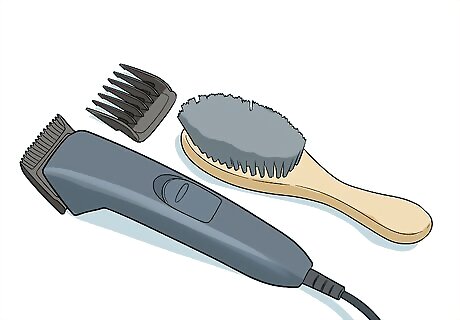
Purchase equipment. You will need a clipper, a comb that attaches to the clipper, a brush and some lubricant. Buy a clipper designed for dogs at a pet shop or an animal grooming store. If you know that your dog is often startled by loud noises, test the various clippers available to see how loud they are. Pick one that won’t make much noise. Purchase an E comb. This comb is designed to leave an inch of hair left, which is the length typically recommended.
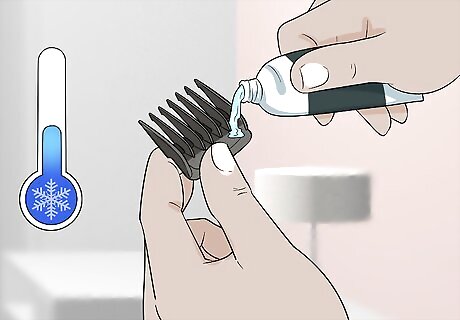
Keep the clippers cool. It is easy for a clipper to overheat, burning your dog. Take frequent breaks to cool down the raiser. Apply the lubricant that comes with the clippers to prevent the device from overheating.
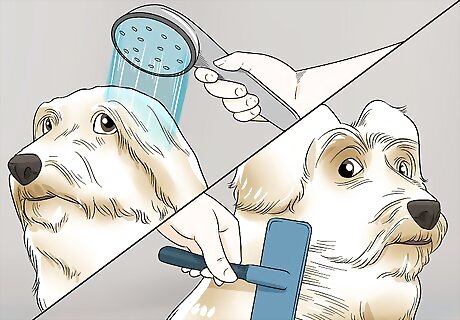
Clean your dog’s hair. If there are clumps in its hair, it will be hard to pull the clippers through. This could be painful for your dog and difficult for you. Wash and brush your dog to get these tangles out of its hair and get it ready for the shaving.
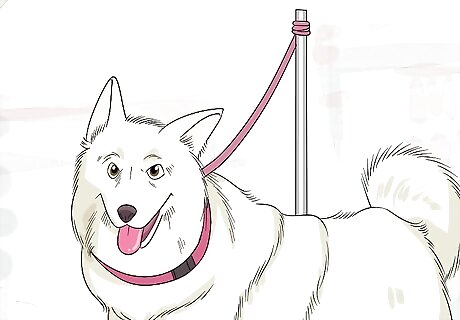
Restrain your dog by its collar. You want to prevent your dog from moving too much while you shave it. If your dog is at all resistant, you should probably have a second person around to help secure it in place.
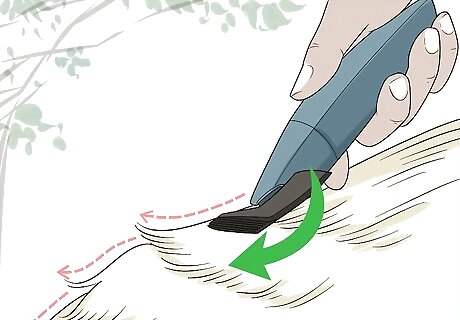
Shave with the growth of the hair. If you shave against the growth of the hair you can create harsh lines. Use slow, gentle strokes. If you are having trouble figuring out what direction to shave, take a credit card and rub it along the hair. If you begin picking up the hair and pulling it backward, you are pushing against the grain of the hair. You will want to shave in the opposite direction.
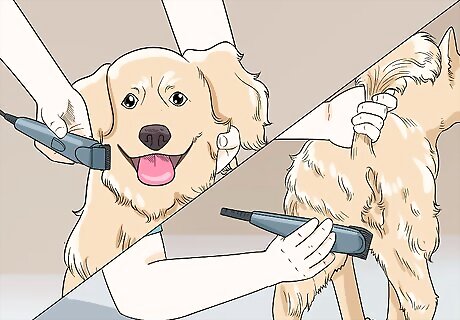
Start with sensitive areas. As time progresses your dog might get more impatient. Begin with the hard to get spots and then move on to the easier areas. A good order is head, underarms, under-tail, behind the head, back, sides, belly. Unless your dog is completely still you should skip its face altogether. Even then, stay at least an inch from the eye while shaving.
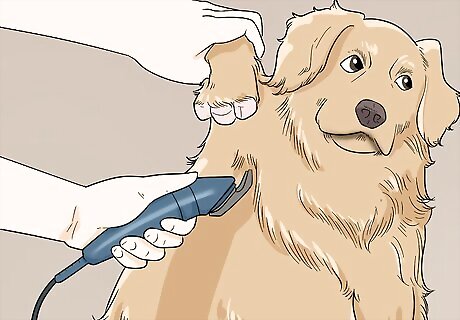
Shave the underarms. When the dog is standing, lift up its arm in a comfortable position. Shave under the arm and repeat with the other arm.
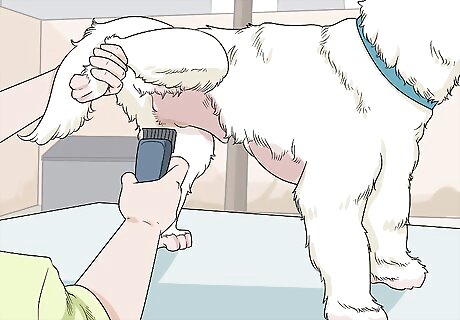
Shave the groin. Lift your dog's leg as if it were going to go to the bathroom. Shave underneath the leg. This will keep the dog clean when it needs to go to the bathroom, especially for long-haired dogs. Repeat with the other leg.
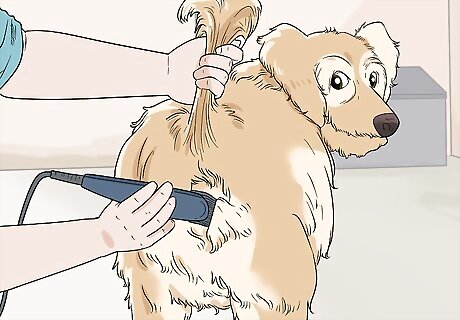
Shave the bottom. Raise its tail and shave around the bottom. This is also to keep it clean when it goes to the bathroom. Be careful here too.
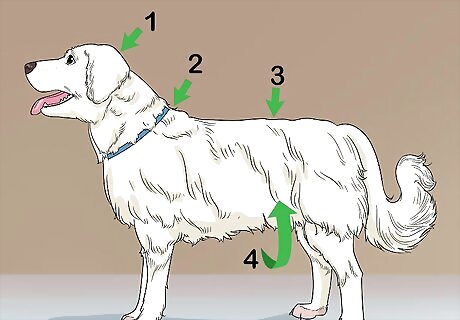
Shave the rest of the body. Start behind the head and go down the neck to the back and then down both sides. Shave the belly carefully and remember to shave away from your hand.












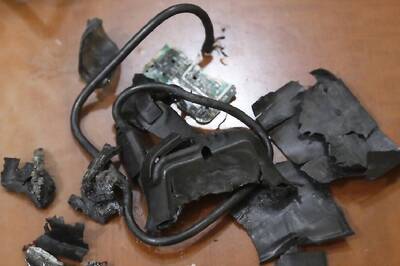

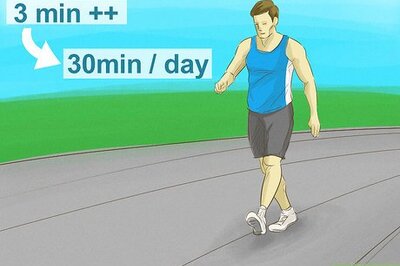
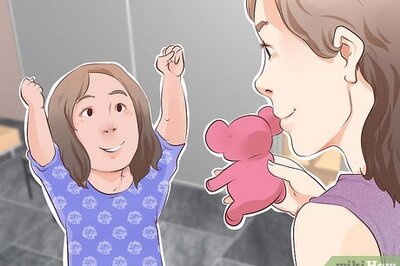


Comments
0 comment